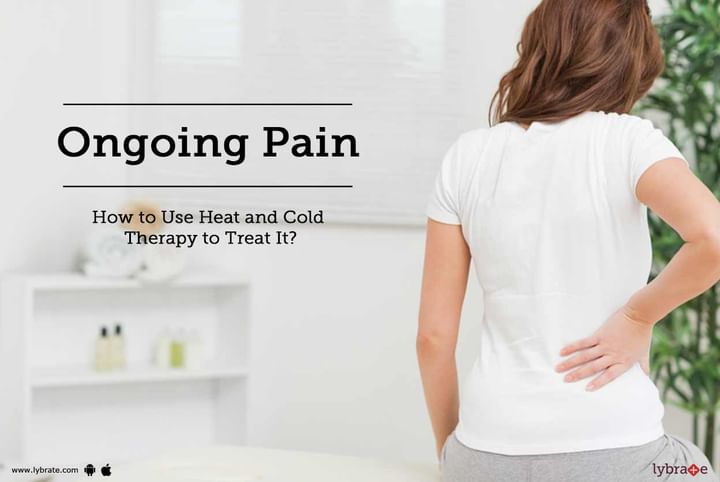Ongoing Pain: How to Use Heat and Cold Therapy to Treat It?
Most diseases, small or big, acute or chronic, accident or infection, have one common factor - pain. In most cases, in addition to reducing the severity of the infection or the impact to various structures from the trauma, managing pain assumes a bigger role. It is only when the pain is controlled can the bigger picture of disease management be done, as the patient would be inconsolable.
To this effect, in addition to pain killers, the most inexpensive and easily available modes of pain management are heat and cold. Though all are not aware, there are specific instances where heat and cold should be used as listed below.
Heat: Some of the common modes to heat therapy include heat pads, warm baths, paraffin wax system, hot water bottles, air-activated heat pack, or warm oils. Heat acts by improving blood circulation and nutritional supply to the body parts and is best suited for stiff joints and muscle soreness.
Some common ways to heat therapy include:
- A warm shower or bath in the morning - this will ease morning stiffness and get you ready for exercise.
- Apply a heating pad on the sore/stiff areas for up to 20 minutes - Use optimal, bearable temperature to avoid skin burns.
- Wrap the affected area for 15 to 20 minutes with a moist heat pad. A wet towel can be put in the freezer and then warmed up in the microwave. Moist heat pads are also available with local pharmacies.
- Warm mineral oils can be applied to the stiff joints of hands and legs. Leave it in place for 15 to 20 minutes before washing it off.
- For sore hand and foot joints, warm paraffin wax can be applied using the equipment available at drug stores. This will help ease the pain and soreness. Soak in a warm whirlpool.
Contrary to heat therapy, cold therapy acts by reducing blood flow to the affected area and numbing the nerve endings, thereby reducing the perception of pain. It works well for acute pain cases like fresh injuries and post-exercise inflammation.
- A cold wrap with ice cubes can be applied to the painful area for about 15 to 20 minutes. This can be repeated if required after a break.
- Alternately, a wet towel can be put in a plastic bag and kept in the freezer for 15 minutes and then used as a cold pack.
- The affected joint can be submerged in a container of ice and water.
- Cold gel packs are available at stores - these won't leak, will stay cold longer and can be easily wrapped around a joint.
Cryotherapy, as cold therapy is also called, is not as effective as heat therapy, though it does provide immediate relief.



+1.svg)
